Innovative Variations Breathe New Life into Old Styles
Taiwanese manufacturers use unique materials and designs to keep their furniture competitive
2013/09/09 | By Michelle HsuThe Taiwan International Furniture Show (TIFS), organized by the Taiwan Furniture Manufacturers Association (TFMA) and the island's largest furniture exhibition, shows off the latest offerings by most of Taiwan's major furniture makers.
The products on display at this year's TIFS indicated that the retro trend is still going strong. While continuing their nostalgic appeal, many manufacturers offered innovative new retro variations, breathing new life into the “old style.” Many diverse styles within the retro category were in evidence, such as courtly European, refined and luxurious, oriental classical, and country, among others.
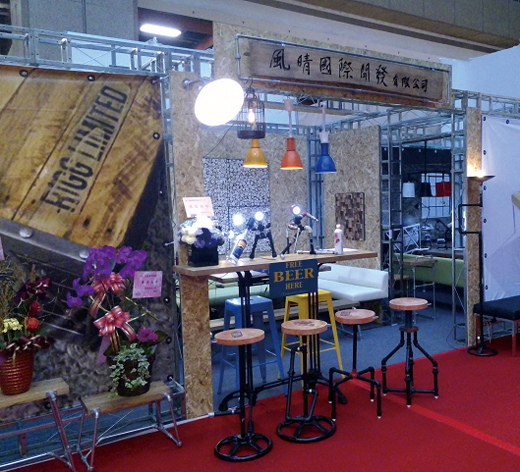
Putting water pipes together and using wood or wine bottles to compliment their lines, O'Smile creates tables, chairs, light fixtures, and other products. Wu noted, “These materials, which match each other's simplicity, not only alter most people's established ideas of what furniture is, but at the same time boost their attentiveness toward the ordinary things of life.”
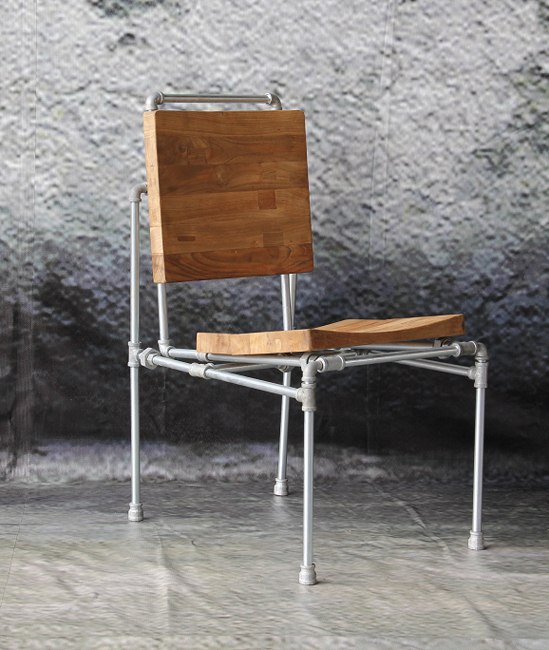
This may seem to be easy, but Wu says it is not at all simple; according to him, the structural design of water pipe furniture is actually quite complex. The pipes have to be formed into particular shapes and sizes, and the materials used for making this kind of furniture have to be specially ordered.
The water pipes generally found in construction are used to allow the smooth flow of water for everyday use. Over time, the circulation of water along with chemical changes in the air leads to visible traces of rust on the pipes. Wu divides his pipe furniture into two categories: one category with water pipes that are specially treated to prevent rust, and the other category with pipes that are left untreated to retain their original appearance.
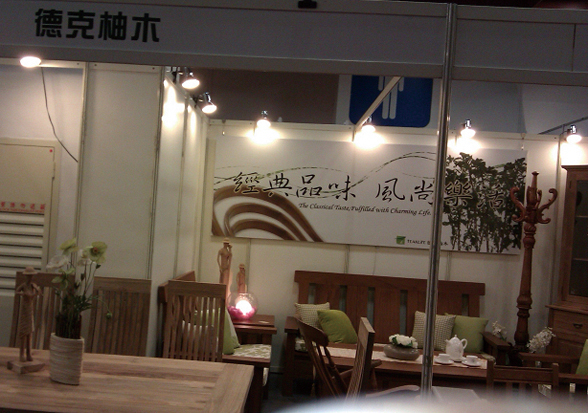
In recent years, most Taiwan teak furniture has displayed the Scandinavian minimalist style of design. TeakLife, a new local furniture brand established two years ago, has Taiwanese designers create 100% minimalist style teak furniture to meet local demand.
Teak furniture, with its durability and beauty, has always been a favorite with Taiwanese consumers. Despite the constantly increasing cost of raw materials, TeakLife uses whole, unskinned Indonesian teak logs with no synthetics to bring out the true texture of the wood. The company also uses non-toxic, environmentally friendly paints which compliment the unique design of the furniture.
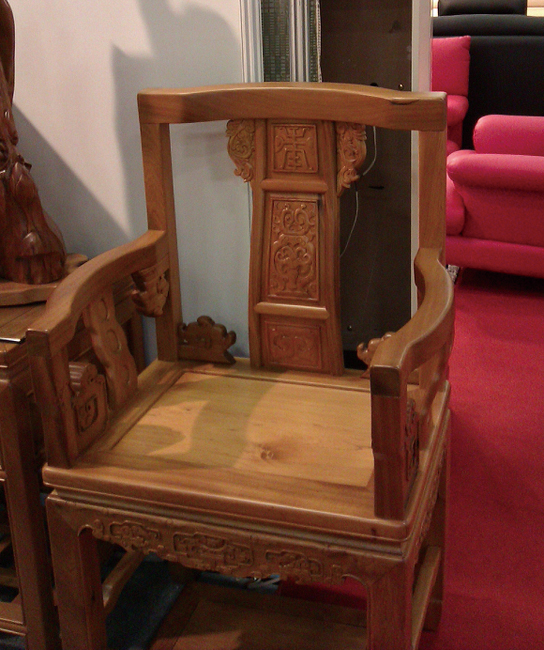
Hengsho Furnituring Co., Ltd. is a new manufacturer set up by furniture veteran Chen Hung-chun, who has been engaged in wooden furniture for decades and focuses on making solid wood furniture with treasured Taiwanese woods such as cypress and juniper.
With such wood in increasingly short supply as a result of the Taiwanese government's forest protection policy, Chen has turned to neighboring countries to look for similar species of wood for his furniture. In recent years he found a supply of Chinese incense-cedar Vietnam, and debuted furniture made from its wood at this year's TIFS in late February.
Chinese incense-cedar grows in the mountains around 2000 meters above sea level, and carries high prices because of its scarcity. With a delicate aroma and dense grain, it was regarded the best material for making religious sculptures when Taiwan offered a steady supply. Chen now makes it into furniture items such as cabinets, closets, tables, and chairs, all in a classical Chinese style which, Chen feels, best complements the value of the wood.
According to Chen, all his Vietnamese Chinese incense-cedar furniture and other sculptured items (religious figures, fish, etc.) are shipped from a small village in Northern Vietnam which borders southern China and maintains the tradition of Chinese culture and woodworking skills. “I don't send any Taiwanese woodworkers to train the employees there,” he says. “They know how to make classical Chinese items that are more classically Chinese than those made by today's Taiwanese workers.”
Chen explains that Taiwan is a very open society which absorbs different cultural ingredients from countries around the world and mixes them into the modern Taiwanese style, which therefore deviates from classical Chinese. The small North Vietnamese village where his products are made, by contrast, is a closed society dominated by the influence of Chinese culture next door in southern China, and therefore better preserves the classical Chinese furniture style.
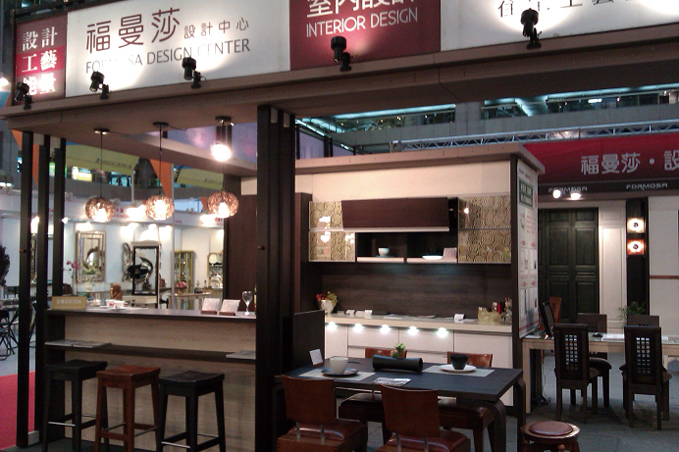
Although Taiwan broke away from Japanese rule over six decades ago, at the end of World War II, Taiwanese society today continues to be strongly influenced by Japanese culture. One manifestation of this influence is seen in interior decoration; many Taiwanese people have a Japanese-style room in their home.
Noting this phenomenon, the Formosa Design Center, which switched its core business from the making of furniture to the provision of interior design services, has introduced several furniture items with distinguishing Zen flair. These items are suitable for use in Japanese-style restaurants as well as homes.
The furniture items that the company introduced this year featured special surface treatment: dyeing with natural plant extract, a new kind of process that adds a natural touch to furniture and creates a stronger nostalgic appeal.




